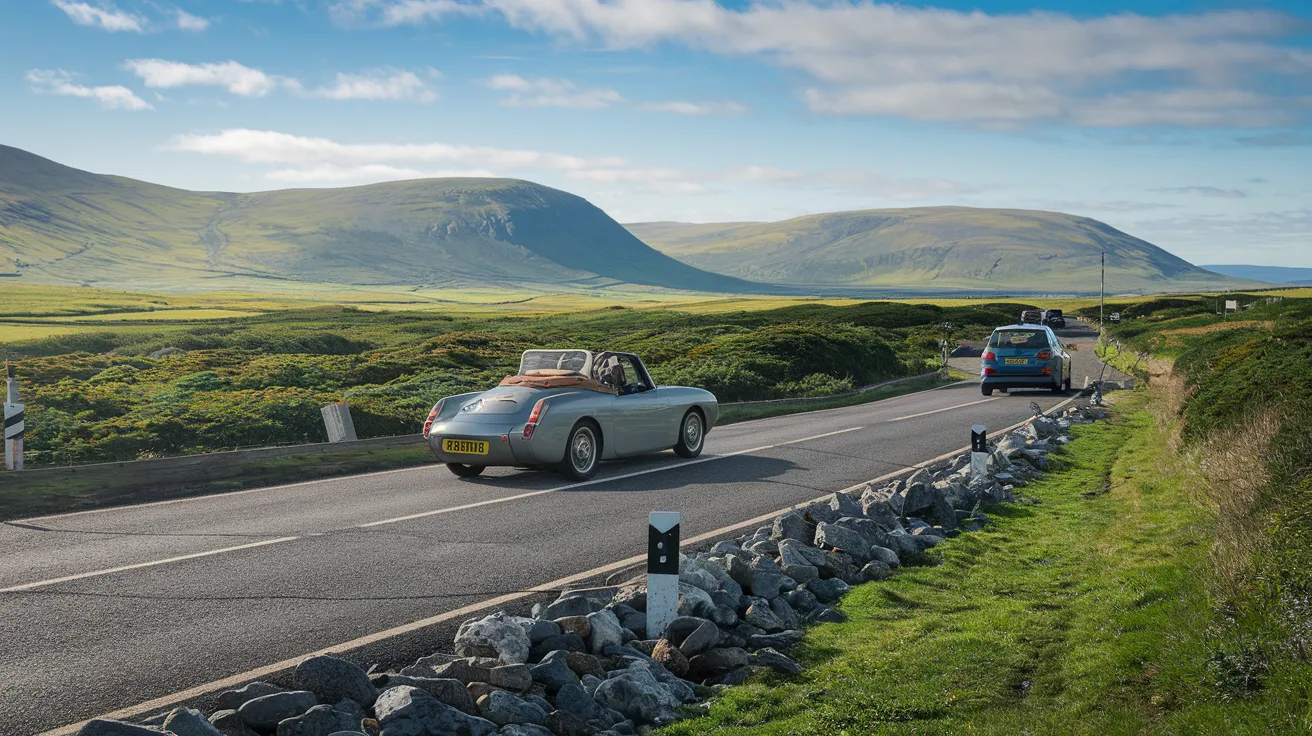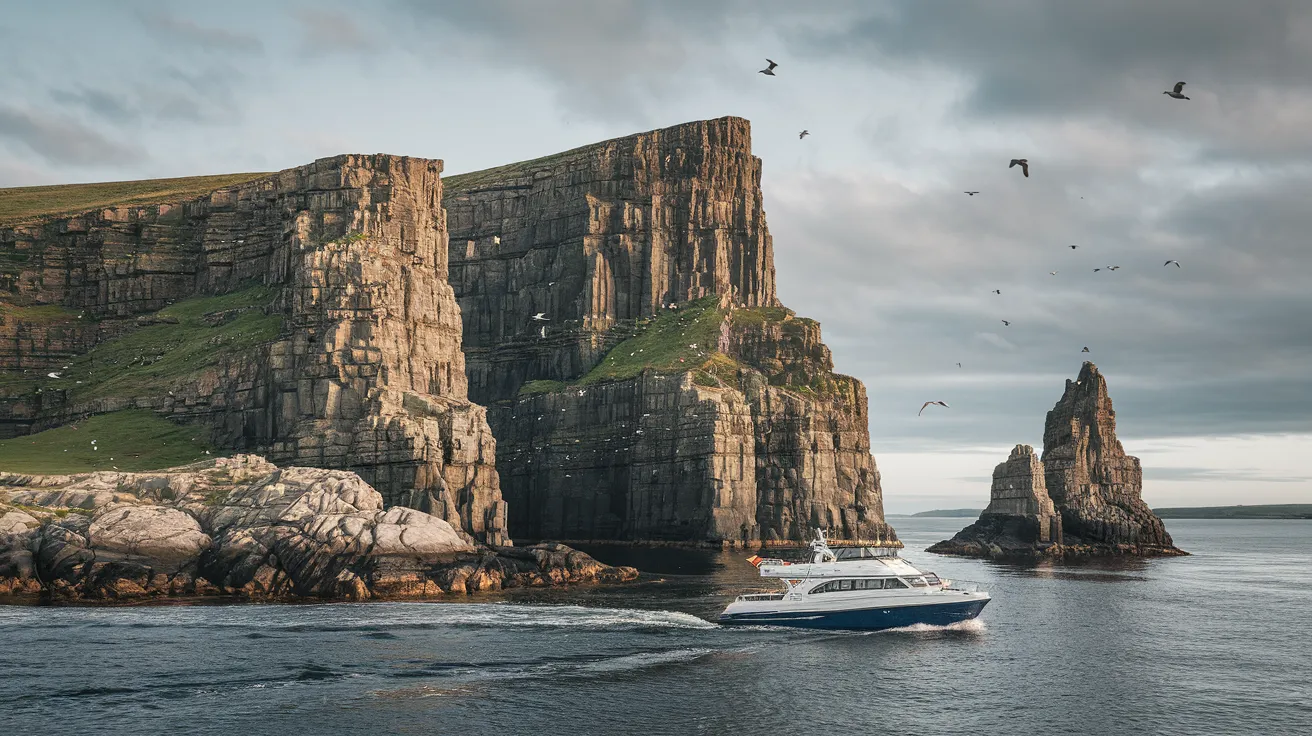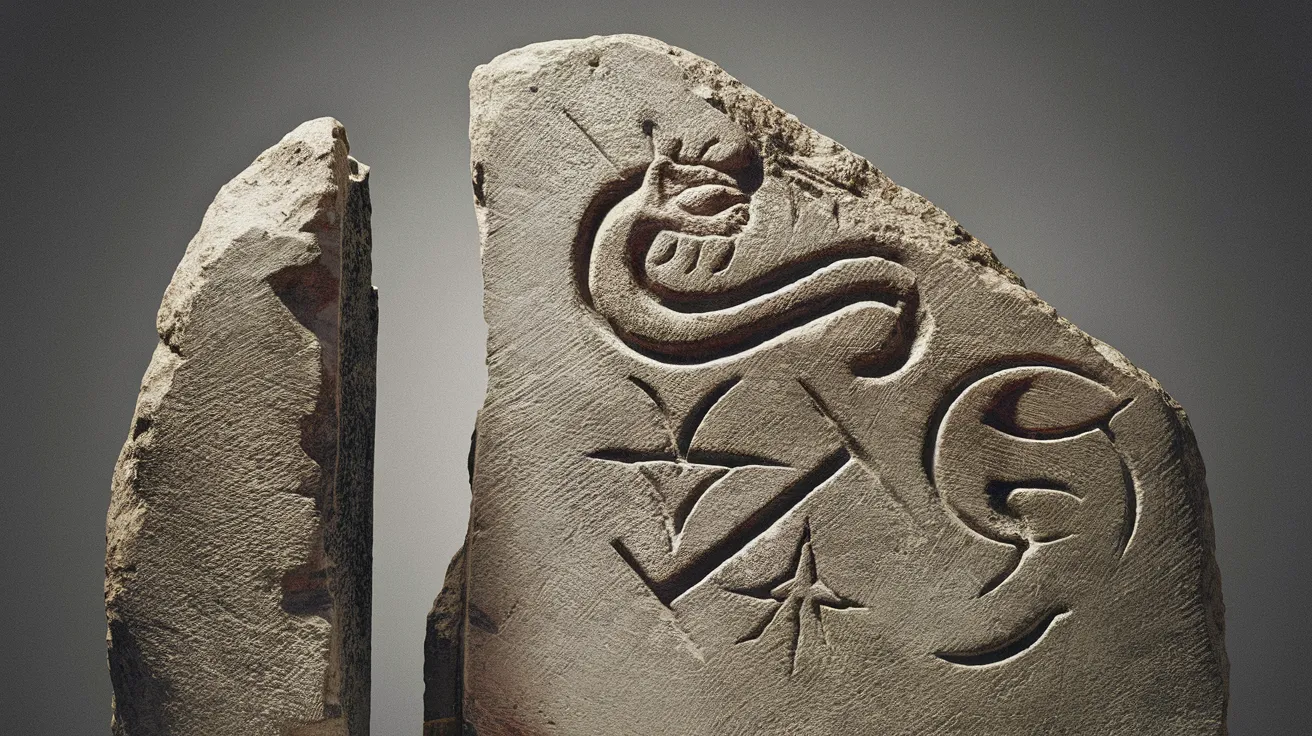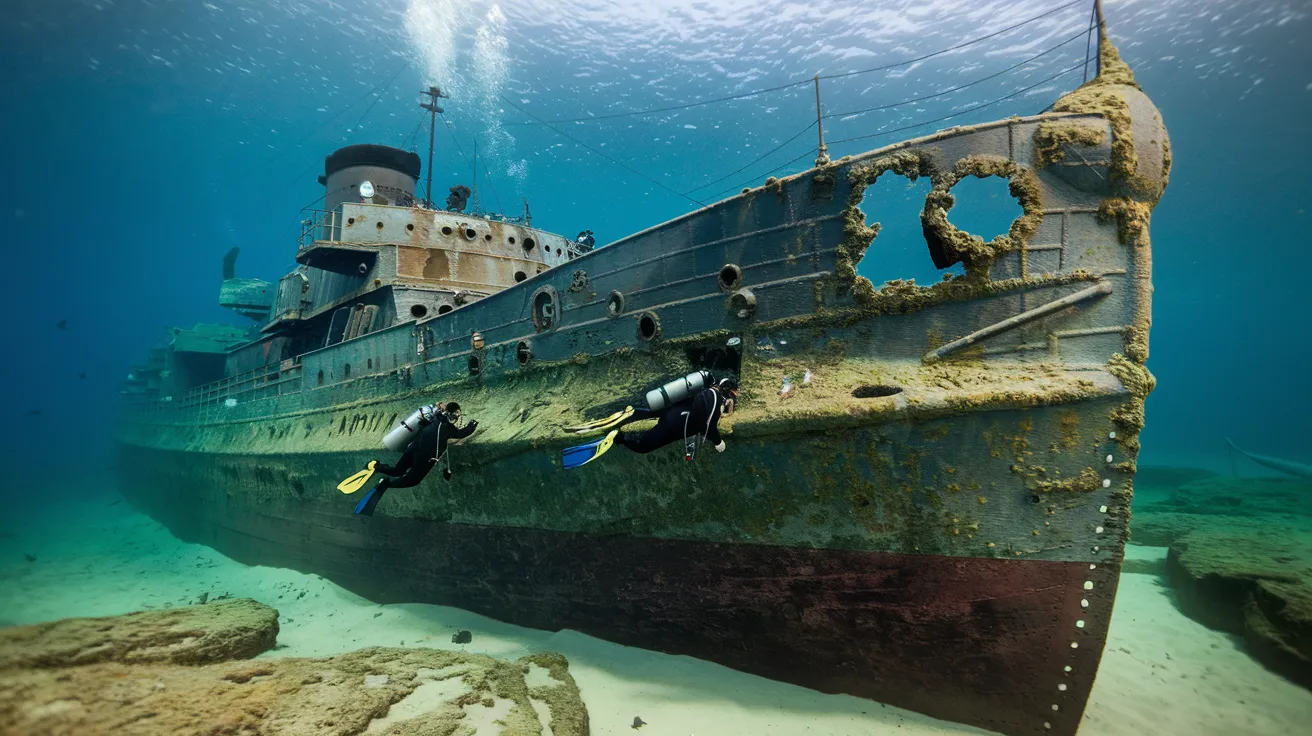Quick Navigation
- General Road Conditions and Rules
- Mastering Single-Track Roads: Passing Place Etiquette
- Dealing with Local Traffic: Tractors and Livestock
- Parking in Towns and at Attractions
- Electric Vehicle (EV) Charging
- Car Hire and Ferry Transport
- Frequently Asked Questions
- Do I need a 4x4 to drive in Orkney?
- How difficult are the single-track roads?
- Is it easy to find parking in Kirkwall/Stromness?
- Are there many petrol stations in Orkney?
- What side of the road do they drive on in Orkney?
Driving in Orkney offers the freedom to explore these captivating islands at your own pace, from ancient archaeological sites to dramatic coastlines and charming villages. However, navigating Orkney's roads, particularly the extensive network of single-track routes, requires awareness of local rules, etiquette, and potential hazards. This comprehensive guide provides essential information for a safe and enjoyable driving experience in Orkney, covering everything from road conditions and speed limits to single-track mastery and parking tips.
General Road Conditions and Rules
Orkney's main roads, like the A965 between Kirkwall and Stromness and the A960 serving the airport, are generally well-maintained two-lane roads. However, venture off these main arteries, and you'll quickly encounter the defining feature of rural Orkney driving: single-track roads. These narrow roads, often less than 4 metres wide, require specific techniques for passing oncoming traffic.
While generally well-surfaced, be aware of potential hazards like occasional potholes, especially after winter, and the impact of weather. Strong crosswinds are common and require firm steering control, while sea fog can drastically reduce visibility, particularly near coastal areas. Always drive according to the conditions.
Remember that standard UK driving rules apply in Orkney. Drive on the left, seatbelts are mandatory for all occupants, and using a hand-held mobile phone while driving is illegal. Orkney adheres to Scotland's stricter drink-driving limit of 50mg of alcohol per 100ml of blood (lower than England's 80mg limit). The safest approach is always zero alcohol if driving.
Speed limits are signposted, but pay attention to recent changes. Orkney Islands Council is implementing widespread 20mph limits in built-up areas, replacing many previous 30mph zones, particularly near schools and residential areas. The national speed limit of 60mph applies on single-track roads, but this is often inappropriate; always drive at a speed that allows you to stop safely within the distance you can see to be clear, especially on roads with blind corners or summits.
Mastering Single-Track Roads: Passing Place Etiquette
Successfully navigating Orkney's hundreds of miles of single-track roads hinges on understanding and correctly using passing places. These designated lay-bys are the only places where vehicles can safely pass each other.
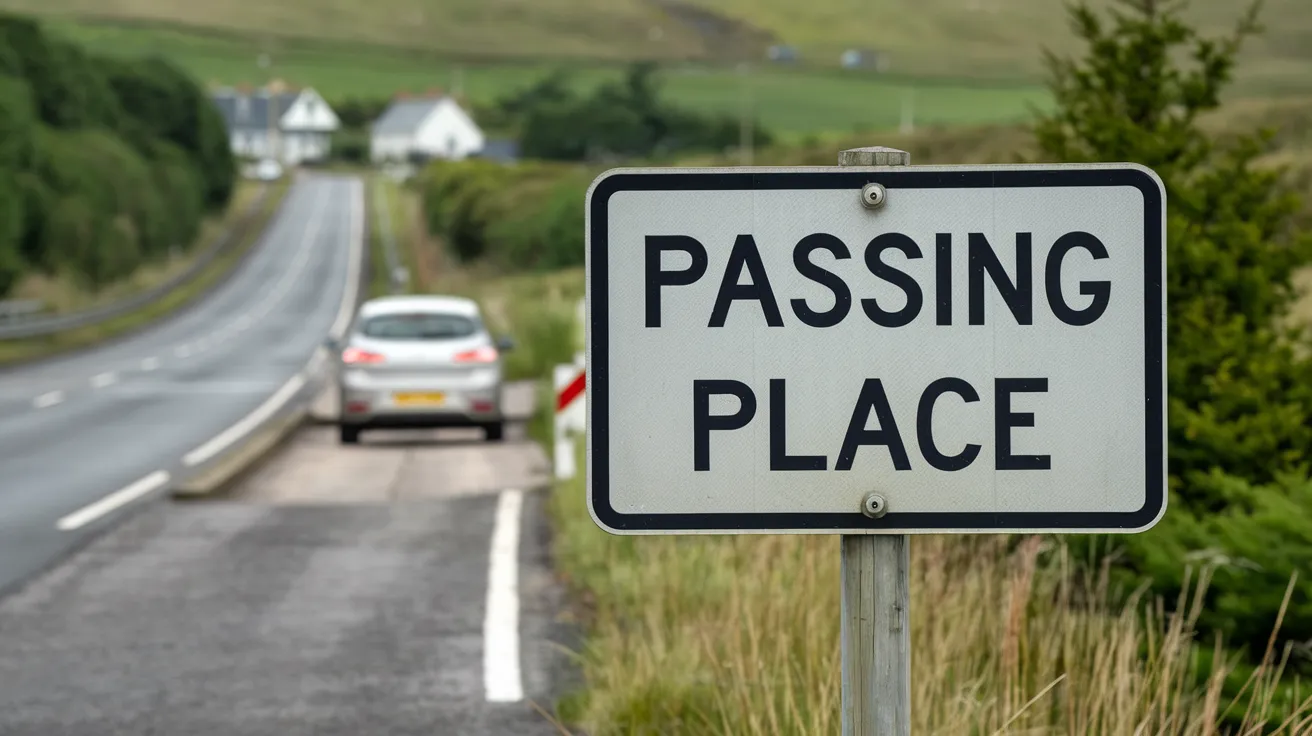
Here's the essential etiquette:
- Anticipate: Look far ahead for oncoming traffic. The driver closer to a passing place on their left should pull in.
- Pull Left: Always pull into a passing place on your left.
- Stop Opposite: If the nearest passing place is on your right, stop opposite it on the main track, allowing the oncoming vehicle to use the bay to pass you.
- Don't Block: Never park or obstruct a passing place, even for a moment. They are essential for traffic flow and emergency vehicle access. Fines can apply.
- Reversing: Be prepared to reverse to the nearest passing place if necessary, especially if the oncoming vehicle is larger (like a bus or lorry) or towing.
- Signal: A brief flash of headlights can indicate to an oncoming driver that you are waiting for them in a passing place.
- Acknowledge: A wave or lift of the finger is customary thanks when another driver lets you pass.
- Patience: You may need to wait. Rushing leads to mistakes.
Watch this helpful video demonstrating correct single-track road etiquette:
*(Note: Placeholder Video ID used. Search YouTube for "single track road driving Scotland" for real examples.)*
Dealing with Local Traffic: Tractors and Livestock
Orkney is a working agricultural landscape. Expect to encounter slow-moving farm vehicles and livestock.
- Farm Machinery: Tractors, trailers, and combines are common, especially during spring planting and autumn harvest. Be patient; follow at a safe distance and only overtake when the driver clearly signals it's safe to do so, usually on a wider stretch of road. Never pressure them to pull over.
- Livestock: Sheep and cattle may occasionally stray onto unfenced roads. Slow down immediately and be prepared to stop. Give animals plenty of space and pass slowly and quietly once the way is clear. Report loose livestock to the Orkney Islands Council if possible.
- Farm Gates: Never block farm gates or field entrances, even temporarily.
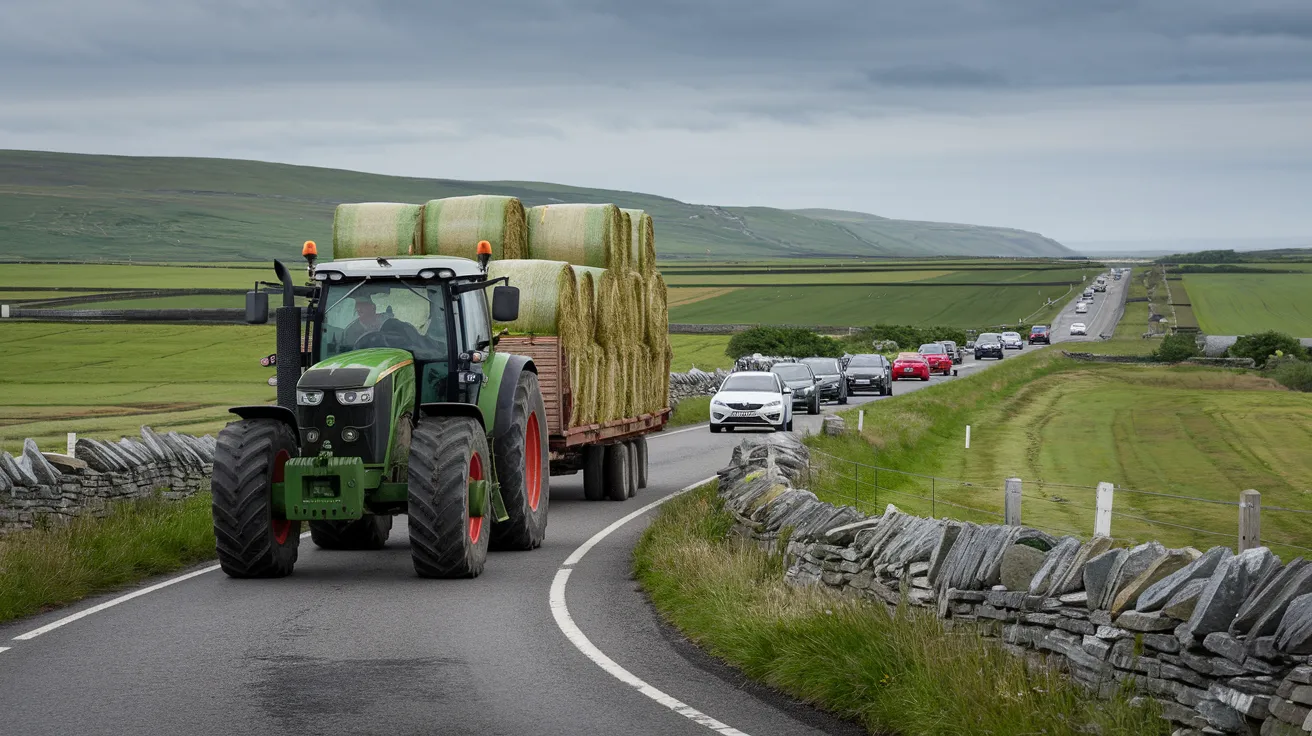
Parking in Towns and at Attractions
Parking in Orkney's main towns, Kirkwall and Stromness, requires attention to local regulations:
- Kirkwall: Offers a mix of paid parking (e.g., near St Magnus Cathedral), disc zones (requiring a parking disc available locally, usually allowing 1-2 hours free), and some free long-stay car parks slightly further from the centre (e.g., near the Peedie Sea). Check signs carefully for restrictions and payment methods (some use the RingGo app).
- Stromness: Parking is generally free but can be limited along the narrow main street. Larger car parks are available near the ferry terminal and the Pier Arts Centre. Again, check signs for any time restrictions.
- Visitor Attractions: Most major sites like Skara Brae, Maeshowe, and the Ring of Brodgar have dedicated free visitor car parks, but these can fill up quickly during peak season. Arrive early or consider visiting later in the day.
- General Rule: Never park in passing places, block driveways or gates, or park on verges.
Consult the Orkney Islands Council website for the latest parking information and maps.
Electric Vehicle (EV) Charging
Orkney has a growing network of EV charging points, making it feasible to explore the islands electrically.
- Network: Primarily operated by ChargePlace Scotland, with additional council-provided points.
- Locations: Chargers are available in Kirkwall, Stromness, St Margaret's Hope, Finstown, and increasingly on the outer isles. Key locations include Kirkwall Travel Centre, Stromness Ferry Terminal, and various community hubs.
- Charger Types: A mix of rapid chargers (50kW+ CCS/CHAdeMO) and faster chargers (7-22kW Type 2) are available.
- Resources: Use the ChargePlace Scotland website or app to find locations, check live availability, and manage payments.
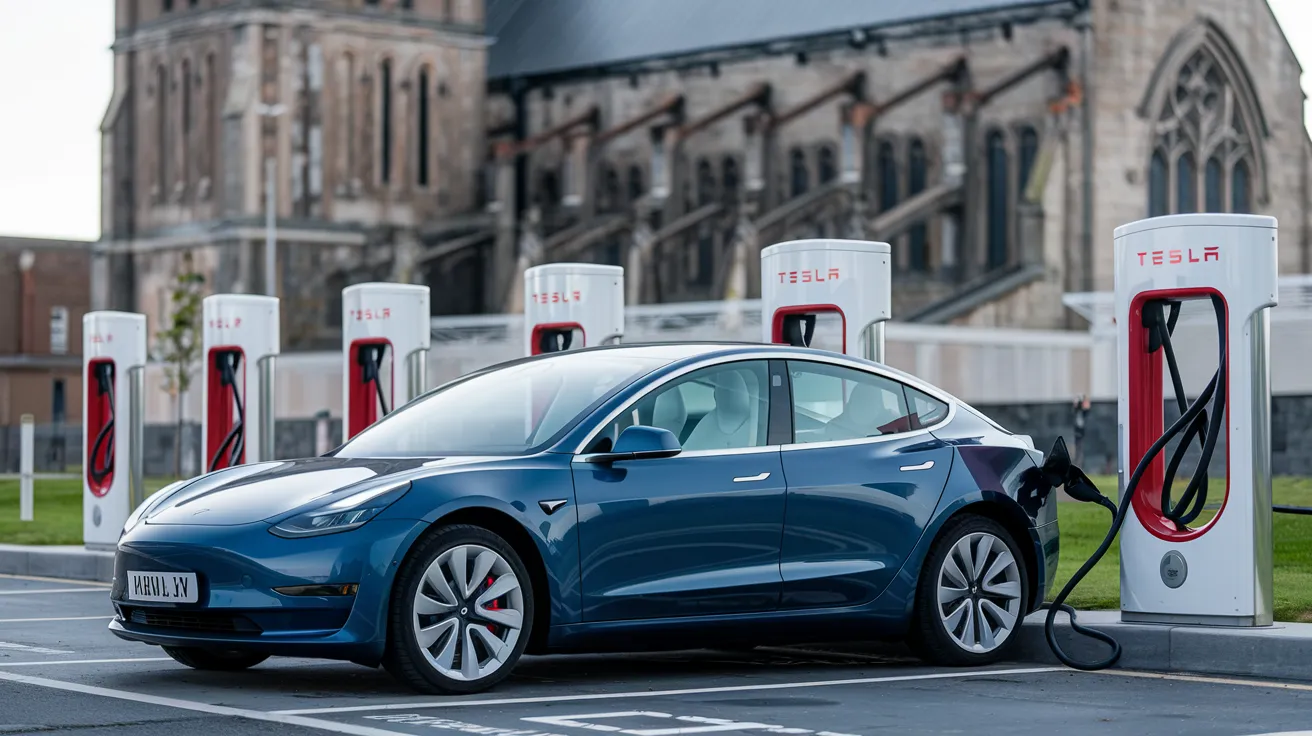
Car Hire and Ferry Transport
- Car Hire: Several local and national firms operate in Orkney, primarily based at Kirkwall Airport or in Kirkwall town. Options range from small cars to larger vehicles and 4WDs. Book well in advance, especially for summer travel.
- Bringing Your Car: You can bring your own vehicle via ferry:
- NorthLink Ferries: Operate services from Aberdeen (longer crossing, cabins available) and Scrabster (near Thurso) to Kirkwall and Stromness respectively.
- Pentland Ferries: Offer a shorter crossing (approx. 1 hour) from Gills Bay (near John O'Groats) to St Margaret's Hope.
Frequently Asked Questions
Do I need a 4x4 to drive in Orkney?
No, a standard car is sufficient for most roads. A 4x4 offers no significant advantage unless you plan extensive travel on unsurfaced farm tracks (which usually requires permission).
How difficult are the single-track roads?
They require concentration and courtesy but are manageable if you follow the passing place etiquette, anticipate traffic, and drive at a sensible speed.
Is it easy to find parking in Kirkwall/Stromness?
It can be challenging right in the town centres during peak season. Be prepared to use car parks slightly further out and walk. Check local signage for restrictions.
Are there many petrol stations in Orkney?
Petrol stations are available in Kirkwall, Stromness, and some larger villages, but can be sparse in more remote areas and on the smaller isles. Plan fuel stops accordingly, especially if travelling to islands like Hoy or Westray.
What side of the road do they drive on in Orkney?
Driving is on the left, as in the rest of the UK.
Driving is arguably the best way to fully experience the breadth of Orkney's attractions. By understanding the local road rules, mastering single-track etiquette, planning parking, and driving considerately, you can ensure a smooth, safe, and rewarding journey through these remarkable islands. Find your ideal base for exploration by checking out Orkney Stays accommodation options across the archipelago.

